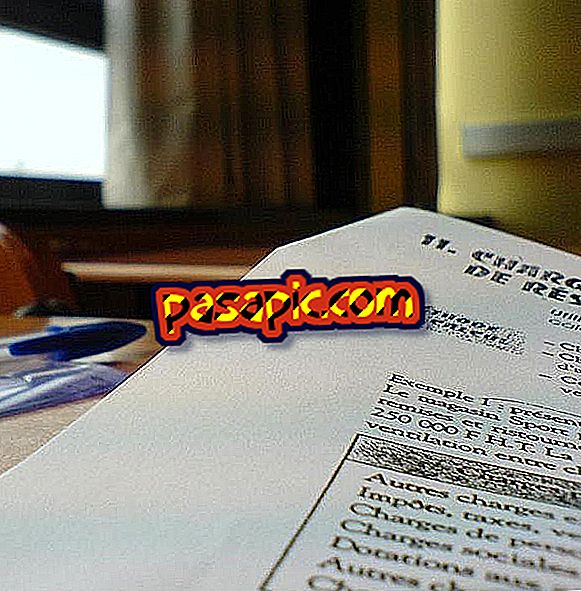How to do an experiment to melt the ice in class

Ice melting experiments allow students to observe the effects of physical and chemical changes on matter, converting solids into liquids. Students can experiment with different ice samples and forms of insulation, such as paper versus plastic. The implementation of several ice melting elements such as salt, boiling water and candles allow students to test the variables and compare the results to find what makes the ice melt faster.
- Ice cubes
- Plastic plates
- agents for melting ice
- Insulators
- Timer
one
Provide each group of students with three ice cubes . Ask students to put each ice cube on a separate plastic plate.
two
Instruct students to leave a cube of ice alone, as a control, to melt an ice cube quickly by applying a heat source, and to melt an ice cube little by little by isolating it.
3
Give each group a different melting element, such as hot water or boiling water, fire, rock salt or a hand warmer to test, and take the melting time of the fast melting ice.
4
Assign each group a form of insulation, such as plastic, paper, cloth, cotton, styrofoam, paper or felt. Tell the students to wrap the slow melting ice in the material to test the level of insulation provided.
5
Take the time to melt the ice for 30 minutes and discover the results at the end of the term.
6
Allow students to compare the melting times of the ice cubes with the other groups to find the best and worst insulators, and the fastest and slowest fusion agent.
Tips- Teachers who apply fire-based ice melting elements such as lighters, candles or boiling water should supervise and control the materials to avoid student injuries, burns or fire.


